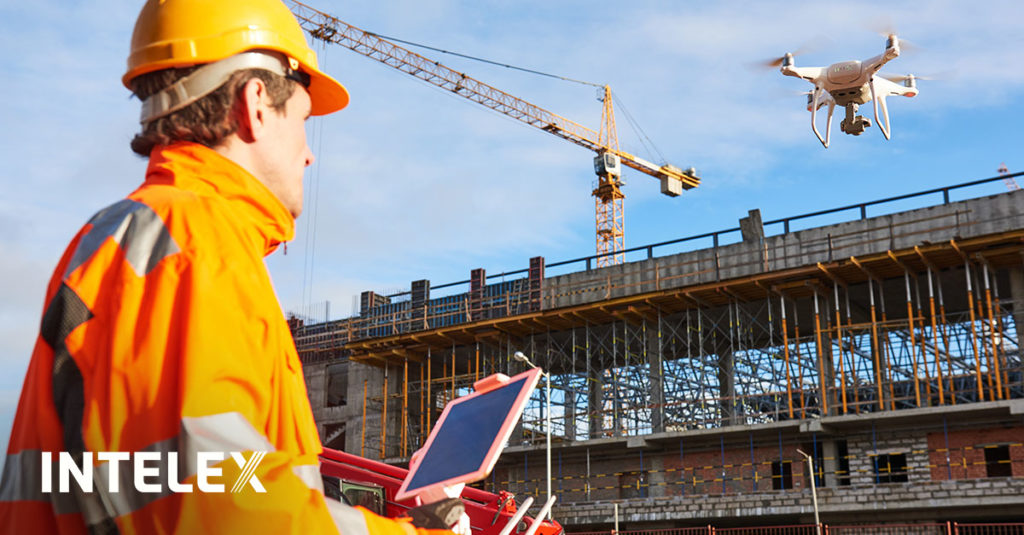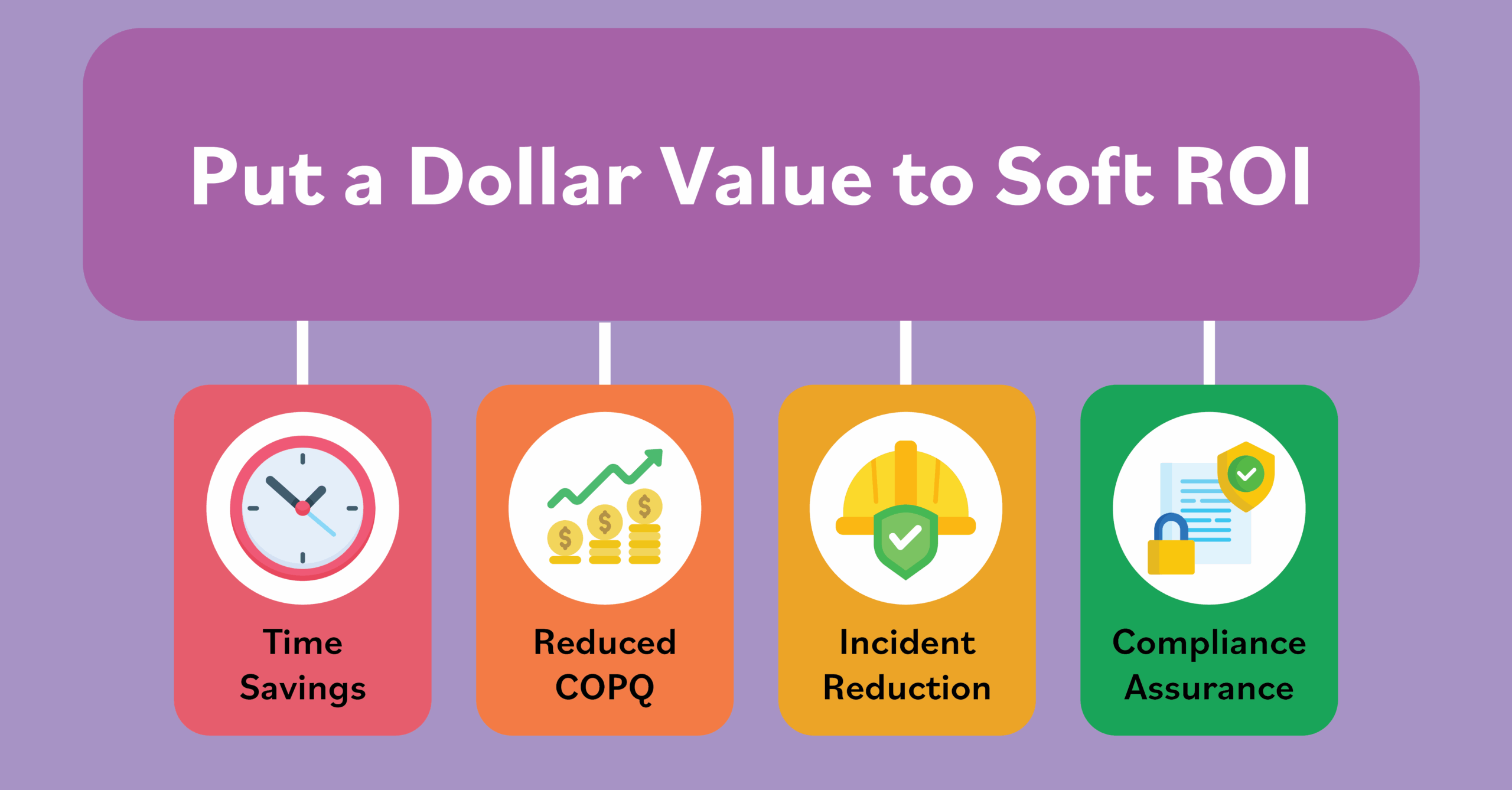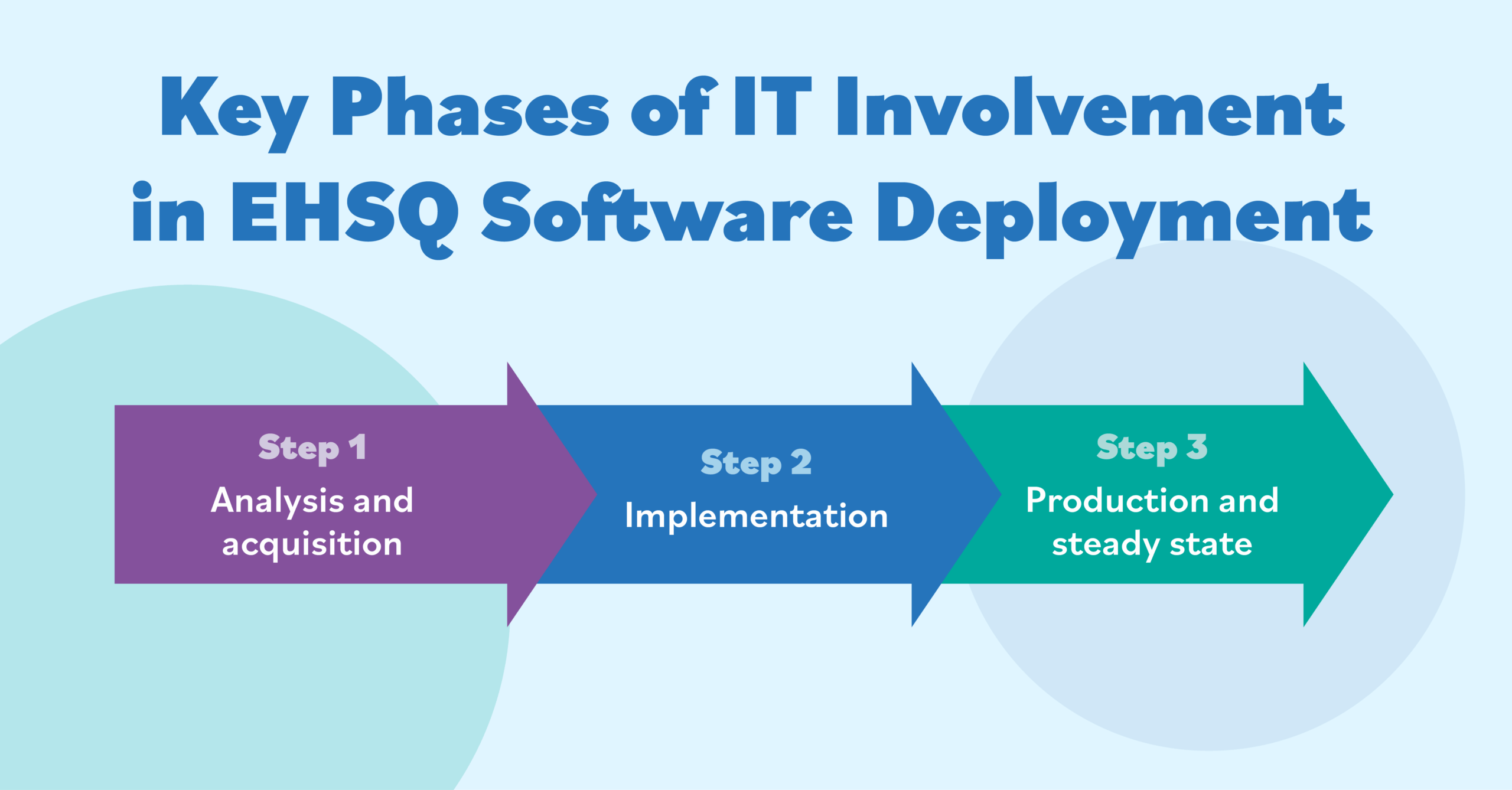Construction Industry Is Using Technology, Training and Regulations to Build a Safer Future
May 19, 2021

Cutting-edge technology is increasingly being deployed on construction sites to create greater awareness for workers of the potentially hazardous circumstances surrounding them.
There are many industries that involve a significant amount of danger for those who earn their livings within them: transportation, health care, emergency services and manufacturing, to name just a few of the riskier ones. None, however, are more dangerous than the construction sector. Year after year, the numbers bear this stark reality out. According to OSHA, about one in five worker deaths (1,061) in private industry in calendar year 2019 occurred in construction. For the past nine years, the most-commonly cited OSHA standard is Fall Protection, Construction.
Among the various causes of death in construction are four that occur frequently enough to warrant their own collective moniker: “The Fatal Four.” This includes falls, which accounted for 36 percent of U.S. construction deaths in 2019; struck by objects, 10 percent; electrocutions, nine percent; and caught In or between objects, such as machines, devices or tools, at two percent.
What is the industry doing to bring these numbers down?
In a word, lots.
The Focus Is on 4 Key Areas in Construction
The construction industry is evolving rapidly, with companies focusing on four key areas to adapt to ongoing changes. These areas—regulation, training, technology and connected workers—are critical in shaping the future of construction.
Regulation: Construction’s regulatory world, much like the famous observation about the New York City skyline, is constantly changing. The paper looks at some of the more notable regulatory developments in the U.S. and around the world, and how construction companies are adapting to them, but also examines the importance of an organization’s culture in not only meeting defined standards, but exceeding them.
Training: The pandemic has presented a serious challenge for construction companies that must train their workers on how to use machinery, vehicles and the many other tools and procedures of which they must have knowledge in order to do their jobs. The report looks at how firms are adapting and the potential long-term effects that increased virtual training is having on the industry.
Technology: Construction sites typically feature a whirlwind of activity and loud noises. Hazards are never far away from any worker, making these conditions ripe for accidents and fatalities. Cutting-edge technology, however, is increasingly being deployed to create greater awareness for workers of the potentially hazardous circumstances surrounding them. This includes sensors that automatically detect when a vehicle or person is too close, thereby preventing collisions and fatalities.
Connected Workers: Many construction jobs involve workers operating alone in areas far removed from any co-workers. In the past, an employee in such a setting who suffered an injury or who found themselves in any kind of life-threatening situation would have no way of calling for help. Fortunately, technology is now available to create that line of communication. These solutions utilize wireless connections to facilitate voice conversations or to transmit physiological data back to a site office through sensors attached to the worker.

Mental Health Focus a Trend
As the events of the past year have proven, it’s impossible to predict the future of the construction industry with 100-percent certainty. Some trends, however, will no doubt continue to dominate the sector’s immediate future. In particular, the industry needs to have a more a expanded view of construction health and safety – one which goes beyond the traditional focus on physical issues to include the entire well-being of workers. This approach encompasses the all-important mental health element, including topics such as anxiety, depression and suicide.
This is especially important for construction, which consistently has the highest suicide rate per occupation, for both males and females. The Centers for Disease Control and Prevention (CDC), for instance, reported that in the U.S in 2019, there were 49.4 suicides per 100,000 male Construction and Extraction workers, with that figure being 25.5 for females. Both numbers were easily higher than those occupations that had the second-highest totals.

Conclusion
The construction industry is taking significant strides to build a safer future by focusing on key areas such as regulation, training, technology, and worker connectivity. These efforts, combined with an increasing emphasis on mental health, are reshaping how safety is approached across the sector. With the deployment of cutting-edge technologies, improved training methods, and evolving regulatory standards, the industry is not only addressing physical hazards but also the overall well-being of its workforce. By adopting these holistic strategies, construction companies are better equipped to reduce accidents, prevent fatalities, and support their workers’ mental and physical health.







